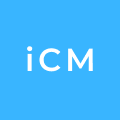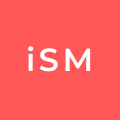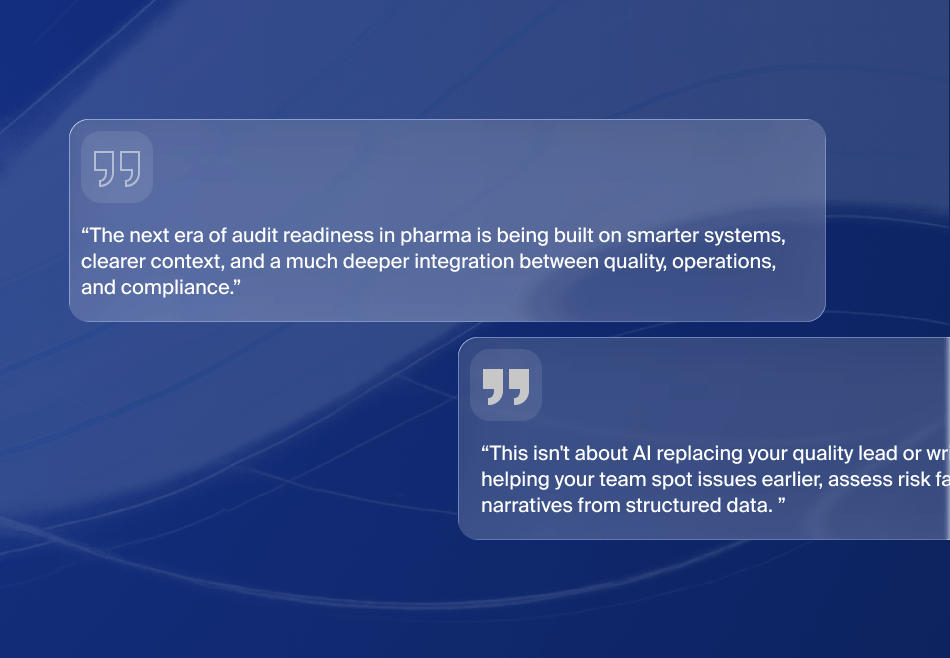At a Glance
- $10 million: The average cost of recalls to food companies that can are caused in part by inaccurate labels.
- $65,000: The average cost of incorrect labeling based on a 2020 survey. Of that group, 61 percent said mislabeling costs exceeded $50,000.
- 10-26%: The number of products mislabeled every year according to a survey of 300 IT directors in the U.S., UK, France and Germany.
Introduction
Labels serve three primary purposes in a consumer’s eyes. Labels help to:
- 1.Identify the contents of a product
- 2.Identify the product name
- 3.Promote the brand image
In combination with well-designed packaging, certain label parts could be considered one component of an effective marketing campaign. From a business perspective, though, labels need to do much more than tell consumers what is inside. Efficiently labeling and tracking is the best way to monitor a product’s performance, along with ensuring customer safety is the best it can be. This is especially true when it comes to certain industries like pharmaceuticals.
Packaging and Labeling
There are many key points to note when it comes to packaging and labeling, including the following:
Definition:
Labeling refers to the text, design, symbol, logo, instructions and use suggestions printed on the product package. Labels are designed to inform and attract customers by providing information.
Objective:
Labeling provides all information required by the governments in the geographical location where the product is marketed, sold and used.
Focus:
While exterior packaging is about appearance, labeling focuses on what’s inside. For example, products are required to accurately list the primary ingredients and their nutritional value when it comes to food. Labels on medicines must include active and inactive ingredients, allergic reactions, and harmful side effects.
Label designs are usually simple and formal. They may follow a government or company template. These can require a set list of data fields such as country of manufacture and expiration or “use by” date. Hazard information is typically posted where a customer can see it before making a purchase.
Effective label designs also include inventory tracking options while also meeting government requirements.
Inventory Tag Controls
“When paired with a competent asset or warehouse management system, inventory tags can be scanned to inform your supply chain of changes in your current inventory. This practice helps build end-to-end visibility among all parties, from supplier to customer, as your inventory moves through your warehouse,” according to a blog post by CamCode.
Inventory tags can be integrated into a product’s label design. The most common inventory labels we see doing this are bar codes. Barcode are a series of vertical lines—generally black—of varying widths interspersed with white gaps. QR (i.e., quick response) codes are a form of bar code generally in a square or rectangular format with black blocks and white spaces.
Speed is the main advantage of using a barcode or QR code label. Handheld and machine scanners can read the barcode information, sending it to inventory tracking software. That software can then automatically update inventory counts, eliminating the need for manual checks. The result is a fast, more accurate inventory update. A critical part of inventory tagging with barcodes is using the right type. Before creating any labels, companies should ensure they understand any regulatory or equipment-based requirements for the barcode type, label size, and label material type.
Figure: 1Components of a Barcode
Schedule a consultation to streamline your label management process.
Different Types of Barcodes
Barcodes primarily come in three different types:
- Numeric only with a row of numbers beneath the bars
- Alpha-numeric with a row of letters and numbers
- Two-dimensional (QR is one example) using a series of small dots arranged in a unique pattern
The type of barcode a company chooses often depends on its industry and how the product will be used. For example, the Postnet format encodes destination information using long and short lines. Retail items often use the Universal Product Code (UPC).
The U.S. Food and Drug Administration (FDA) has several requirements for barcodes. While the FDA does not require a specific code format, it mandates the barcode include the drug’s national drug code (NDC) number. Machine-readable information on blood and blood components must be on those labels.
“This new system is intended to help reduce the number of medication errors that occur in hospitals and health care settings,” according to the FDA.
These FDA rules apply to manufacturers, repackers, labelers, and private label distributors of human prescription drug products, biological products, and over-the-counter (OTC) drug products to protect consumers from dangerous side effects or worse.
Labels alone are not enough. However, companies need to be able to accurately track their inventory as well as safely manage any recalls or other issues with products. This only works when you have the right software in place.
Inventory Tracking Software
Software like Microsoft Dynamics 365’s Supply Chain Management includes several powerful inventory management features helping these businesses thrive today. For example, Supply Chain Management can automatically assign serial numbers based on manually entered (or scanned) batch numbers.
Dynamics 365 Supply Chain Management also makes creating and tracking barcodes for released products easy. This modern inventory management software also works with the GS1 bar code and QR formats for use on shipping labels.
Microsoft says, “Unlike older bar codes, GS1 bar codes can have multiple data elements. Therefore, a single bar code scan can capture several types of product information, such as the batch and the expiration date.”
With a system like Microsoft’s Dynamics 365 Supply Chain Management, you can use a predefined list of application identifiers to define the meaning of your data and connect it with GS1 codes. Microsoft suggests, “The setup of the application identifiers defines how the system should interpret a bar code and save it as a value in the system.”
The Bottom Line
With today’s focus on consumer safety, proper labeling and tracking of products, especially when it comes to pharmaceuticals and medicine, will continue to be of utmost importance, including efficiently dealing with government regulations. Today’s businesses need to ensure they’re taking advantage of inventory tracking software that lets them easily create labels that help track the flow of raw materials, from work in progress to finished goods.
Programs like Microsoft Dynamics 365 Supply Chain Management can create unique QR codes that contain a list of ingredients, allergy information, serial and batch numbers, hazardous warnings, and safety data sheets. Solutions like these let your warehouse staff scan products and send information wirelessly to any device on the network more efficiently than ever before. Is your labeling solution up to speed?
Resources: Packaging vs Labeling









